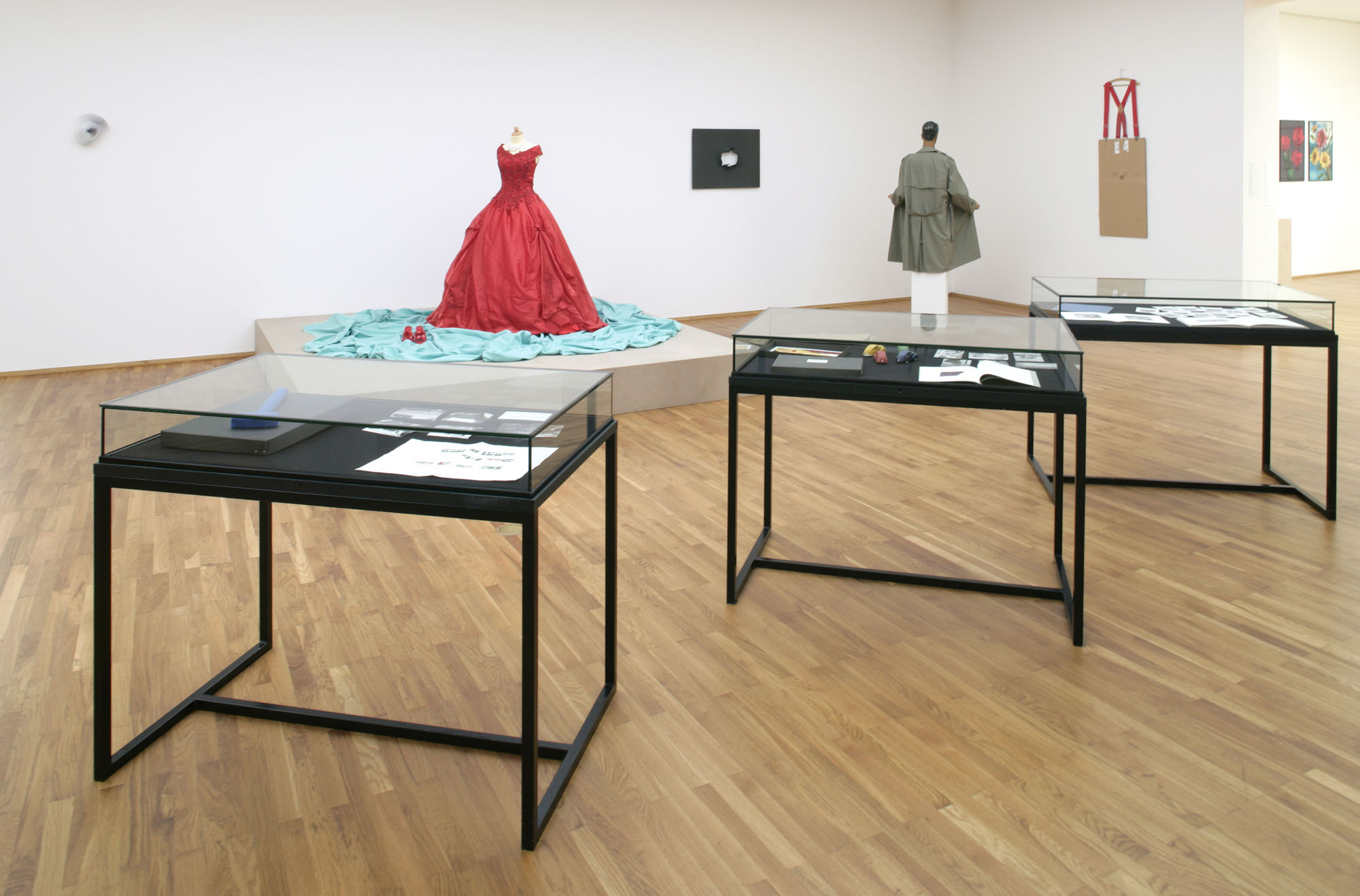Hans-Peter Feldmann
collection
Artist
Hans-Peter Feldmann
Title
bundle
Year of creation
2006
Technology and dimensions
Different materials, dimensions variable
Year of acquisition
2006
Donor
Paul Maenz
Acquisition of the foundation
After studying painting at the Düsseldorf Academy, Hans Peter Feldmann's interest was primarily in found imagery, the prefabricated, anonymous images of the everyday world. Between 1968 and 1974 he created the so-called "booklets" in which he arranged thematically the images he had found for the first time or which he had photographed himself as a supplement to series. This typological approach illustrates Feldmann's interest in the syntactic nature of ordered images. Feldmann uses a method that has been common among artists since the 16th century of collecting image templates and organizing them lexically, not as a template catalog for image ideas to be executed, but in order to view and publish the images found as works of art themselves. In doing so, he searches the endless image reservoir of modern media society for significant, artistically exploitable image sequences.
Initially, photography was at the forefront of his work, which he not only expanded spatially in exhibitions, but also published in artist books and the magazine "OHIO" (since 1995), which he co-founded and was based exclusively on photographs. Feldmann tries to give a permanent place to the image media templates that appear without authorship and are intended for quick exploitation. He examines the cultural relationships that manifest themselves in them as forms of a collective visual memory, which he equates to the "original" images of art. It appeals to people's attention and willingness to receive images from everyday life that are often viewed as banal.
For several years now, Feldmann has also included three-dimensional found objects in his working methods, which have long been dedicated exclusively to photography. He himself says about this procedure: "Perhaps my work has developed a little from being exclusively photographic to installations or even objects, because they can represent a symbolic content just as well as a photo. The photo is just because of the material - paper Color on it - nothing really. If I turn it over, it's just paper. But if I can virtually step into a piece of paper and see a world, that's a quality in itself of objects. I love that just as much as photos that catch my eye and that I put together. But I don't want to be a photographer or get into the box. But that's just one aspect . That's not everything, neither my final goal nor my destiny."
With this purchase and the generous donation from Paul Maenz, the Hamburger Bahnhof has one of the largest collections of works by Hans-Peter Feldmann.
